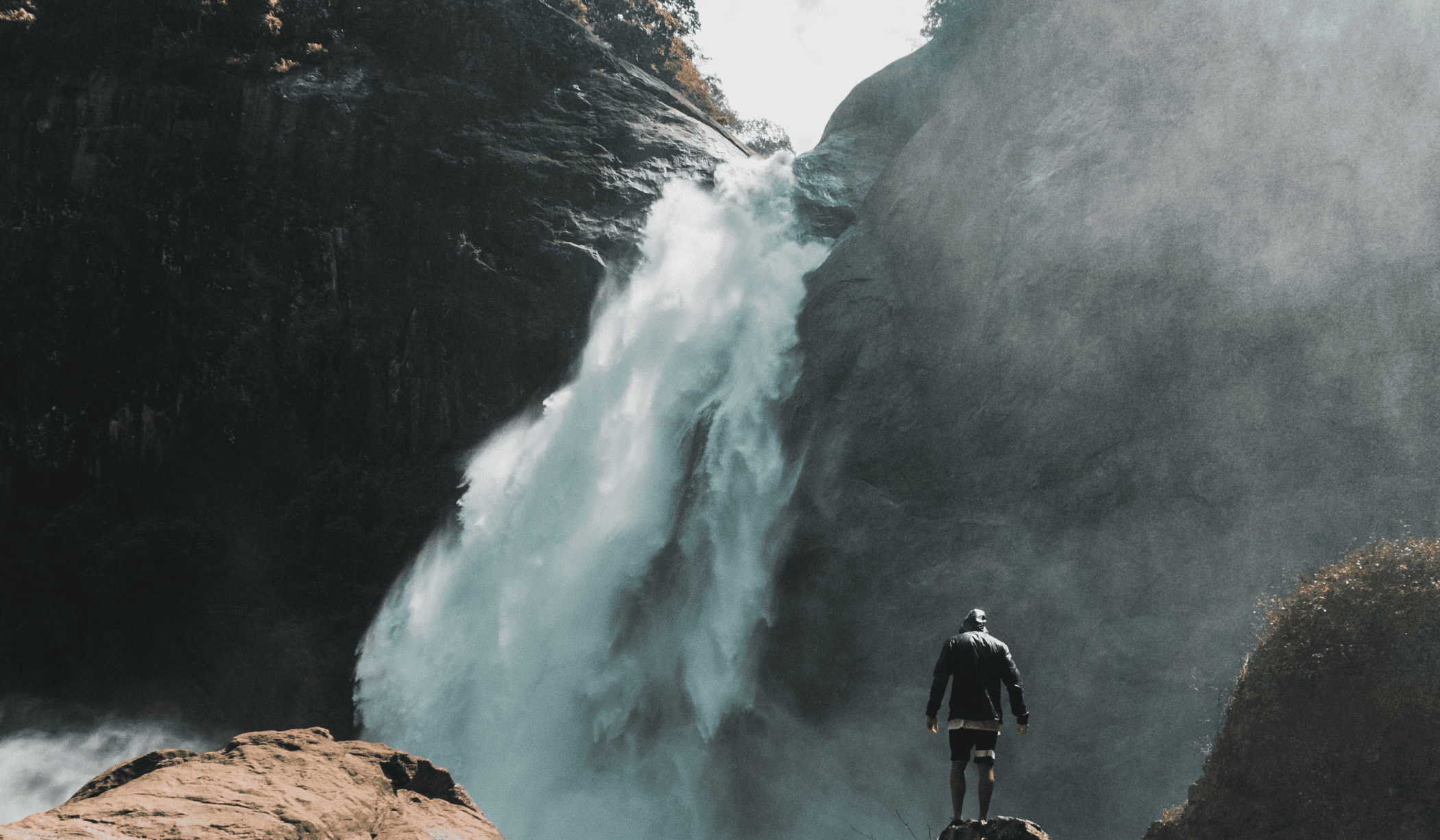How the Outdoors Industry is Handling Popularity

The COVID-19 pandemic forced people to get out and explore the Great Outdoors as governments put social distancing guidelines in place and restaurants, movie theaters, and concerts all became off-limits. This has caused the outdoor industry to see a significant spike in customers over the past 18 months. In fact, after participation hit record levels in activities from cycling to hiking and fishing during the pandemic, outdoor gear manufacturers reported that product demand was 200% higher than average.
While this is terrific news for the outdoor recreation, travel, and tourism industries, it’s also caused significant issues with overcrowding as these groups repeatedly overbook and overpromise.
So, what is the outdoor industry doing to handle this sudden surge of customers?
Going Virtual
Just like many other businesses forced to address new challenges brought on by the COVID-19 the pandemic, tourism groups began going virtual to help meet the demands of our “brand new world.”
To manage overcrowding and minimize tourism’s adverse effects on delicate ecosystems, the Lewis and Clark National Trail recently launched an online trip planning hub. In part, the site’s goal is to direct visitors to lesser-known areas.
An insider’s local guide for travelers, the website lists more than 1,000 attractions and small businesses. It showcases tourism offerings across 16 states, including outdoor activities, sights, restaurants, and lodging, all of which are recommended by local businesses and residents. The hope is that this will help preserve the natural environment while spreading the economic revenue among local communities.
Building Partnerships
Another way that outdoor brands are dealing with increased demand is through partnerships. For example, the Lewis and Clark Travel Portal started the process of getting all parties involved with community engagement workshops. These workshops took leaders on the trail, where they met with different groups, including chambers of commerce and tourism boards, as well as Native American tribes. They wanted to identify all voices that would be part of the initiative. Having everyone who has an interest in the endeavor on the same page better prepares the organization to handle the crush of new customers.
Diversifying the Supply Chain
A lot of outdoor gear companies learned to diversify their supply chain in order to keep up with demand. Manufacturers scoured suppliers to find ones who might be off the beaten path and were available to fulfill the influx of orders for sports, camping, and other outdoor equipment or clothing. Of course, companies need to continue to prioritize product quality and not just rush to get the first supplier available. When you consider the fact that 10% of goods bought online are returned for preventable reasons, this point becomes even more essential. When your supply chain is diverse, you give your company the freedom to stay on top of quality and take corrective steps before it costs you money and customer loyalty.
Taking Action on Opportunities
It’s easy to see that the pandemic reshaped the outdoor industry and rapidly accelerated consumer trends that were already moving swiftly. So what can we learn from this? Ensuring product quality and directly addressing common and preventable issues through smart supply chain management is a good start. With some careful consideration and tweaks that put the customer at the center, outdoor brands leveraged marketing tools to do things like better direct the flow of traffic and intentionally move people to lesser-traveled trails or built and highlighted lasting partnerships with shared interest groups to achieve common goals. Strategically responding to the surge in demand in these ways helped the outdoor recreation industry capitalize on opportunities while simultaneously maintaining a consumer-centric approach that will work to protect its long-term interests and overall sustainability.





